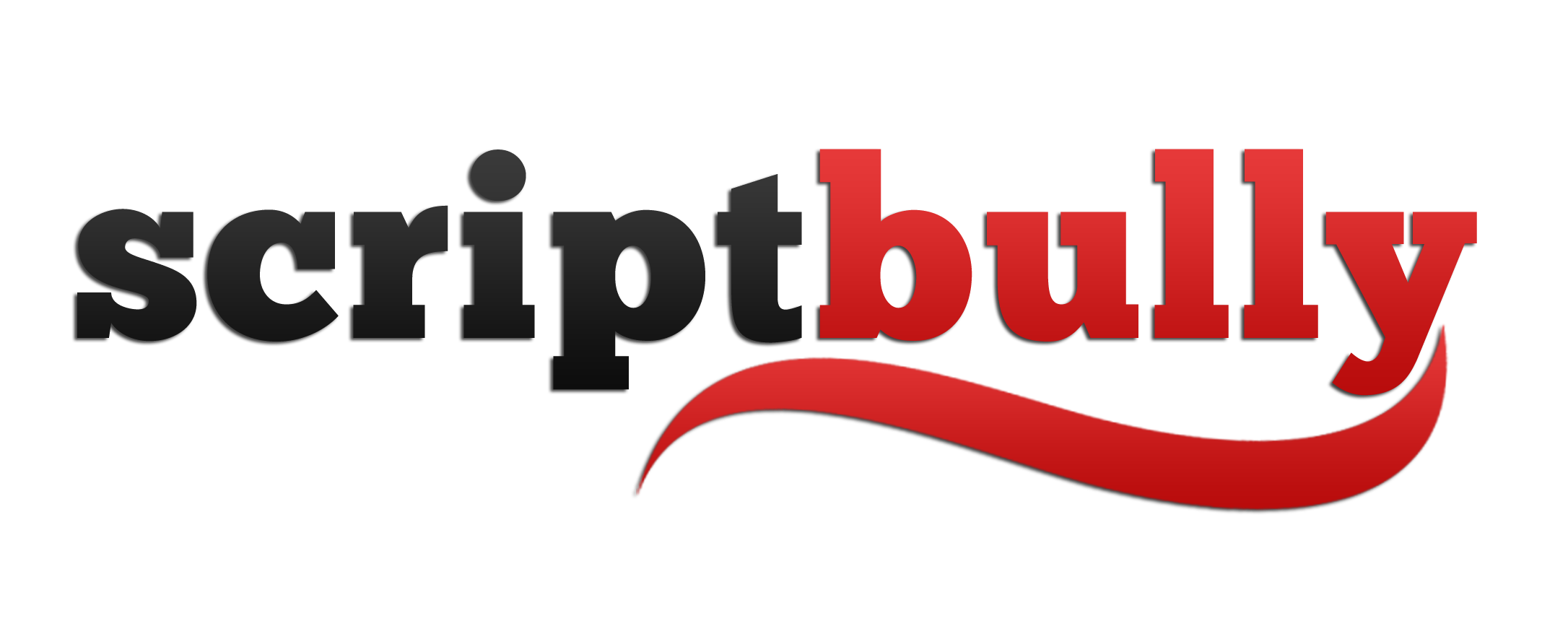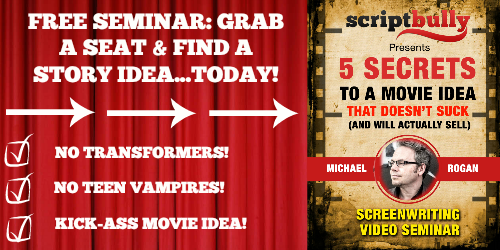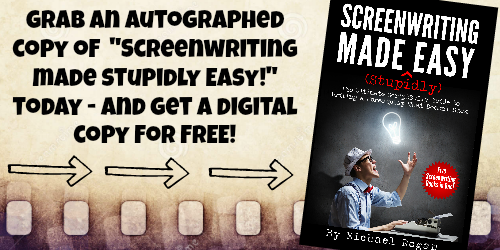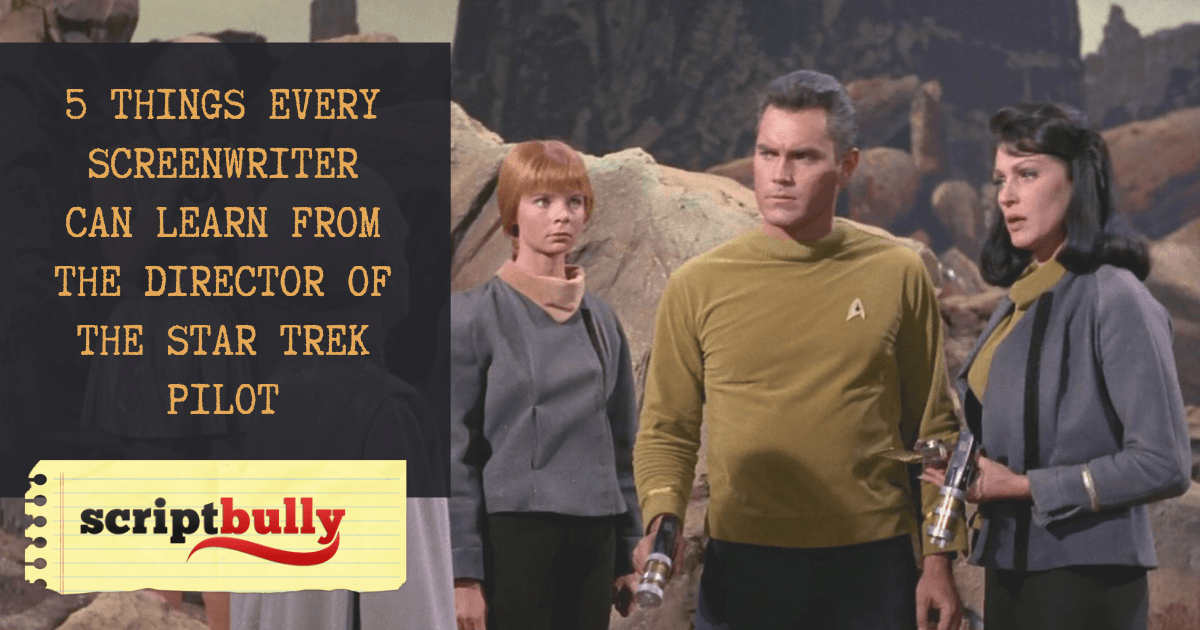Let’s get one thing straight: as long as you’re writing a screenplay, you’re doing it right. There is no “wrong” way when it comes to writing scripts. If the words are being put to paper and the story is moving in a direction, then you’re off to a good start.
That said, there are certain things you can do if you want to avoid the common traps of writers’ block, plot holes, and spiralling catastrophes of uber-complicated story arcs. All of these tips are completely voluntary, but most of them work for the pros:
Writing a Screenplay Tip No.1: Follow the Three Act Structure (If You’re a Beginner)
Most films, television shows, books and campfire stories follow this well-known rule : The Three Acts.
This is not the ONLY structure – far from it. But when starting out, it’s probably the safest (and most effective) structure to get started with.
And it isn’t because you need to be a slave to some archaic formula. It’s because a three-act structure automatically denotes “movement”.
And that movement means: things were “this way” and then they went “this way” and then finally ended up “this way”.
So let’s break down the three act structure:
Act One: Begin with action. No matter how complete and pleasant your character’s back-story is, everybody wants to get stuck into the real story immediately. At the end of the First Act comes the first plot point.
This is where the antagonist prevents the protagonist from getting what they want. This must push the story in a new direction, force the protagonist to take a risk, and raise the stakes of what they have to lose. This is our where our hero must step outside their comfort zone and take the biggest risk of their life.
Act Two: If a producer has read this far – excellent. It’s up to you to make the next sixty-ish pages fly by. This is where you put a spiral of attempts by your protagonist to make things better, only to find that all their attempts just make things worse.
At the end of Act Two, there should be almost no hope. This is where the protagonist has basically run out of options. Everything is bleak. The hero is down-trodden, beat-up and just about ready to give in… But then! What happens? You decide.
Act Three: The protagonist undergoes a great sacrifice in order to turn things around. Everything falls into place. The antagonist is thwarted, the hero gets his prize, everybody is moved to tears. (Cue the cheesy pop song.)
Writing a Screenplay Tip No.2: Write an Outline
Many writers do not use script outlines, but just as many find them to be an invaluable tool. Again I don’t believe that scripts are math equations; you don’t have to plot everything out.
But the outline serves the writer, lets them know where to go if they get lost in the woods. (And screenwriters often get lost in the woods.)
You can write one before you begin the screenplay, or if you hit a bump along the way. An outline is also called a “step outline” and that is exactly what you are going to do – outline the steps your characters are going to take in order to reach the conclusions of their story.
Instead of scenes, list the major events that happen, and then the not-so-major events. By laying the story out like this you can easily assess how it flows through the Three Act structure, if there are any unnecessary scenes or characters to be cut, or if others need more development.
Writing a Screenplay Tip No.3: Use Screenwriting Software
Do not waste time – stop using crappy word processing software to write a screenplay! There are programs (some of which are free) that automatically format your screenplay according to industry standard, leaving you more time to hash out the details of your story.
By using screenwriting software, you won’t have to go back and reformat a 120+ page document, and editing is made easy. Some writers complain about the cost of scriptwriting software. Get over it! Do you care about your writing profession?
Writing a screenplay is hard enough. Don’t make it harder by trusting your knock-off word document template. And you might just end up with a screenplay that kicks ass.








